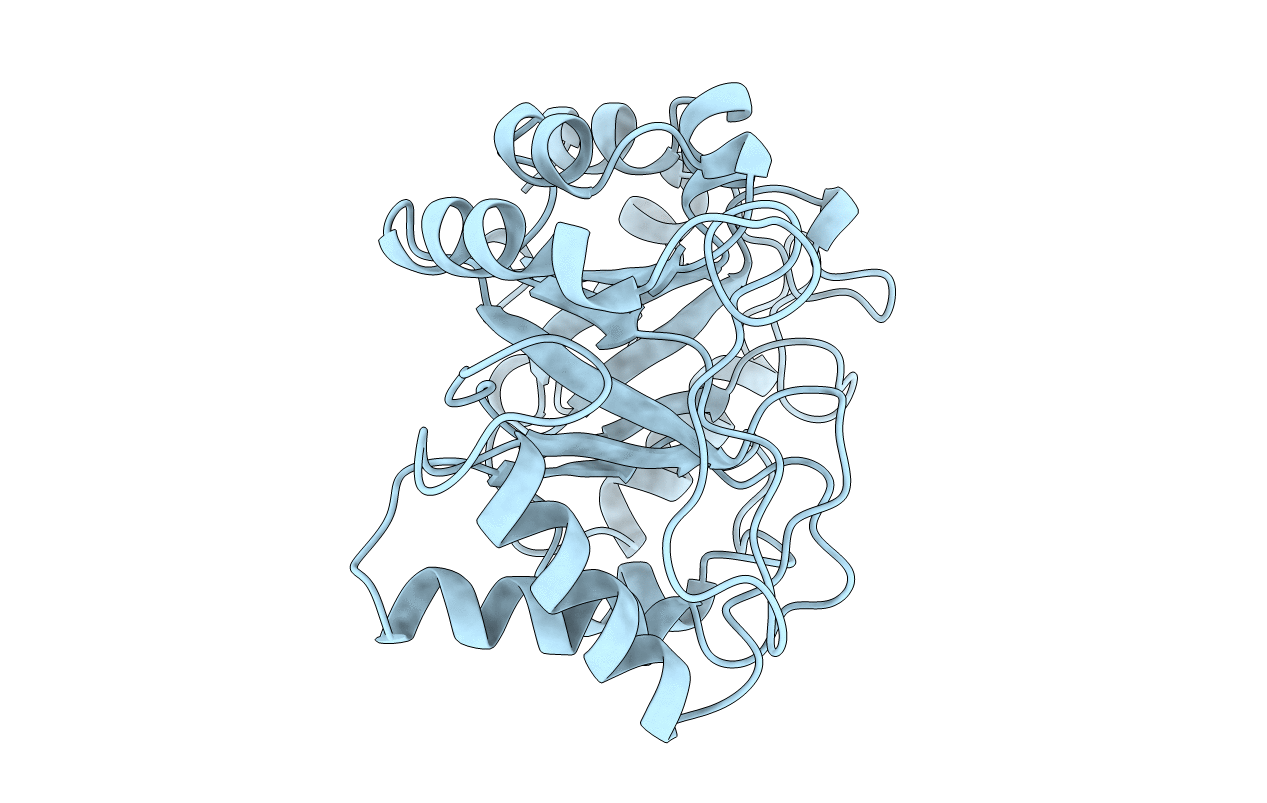
Deposition Date
1995-02-20
Release Date
1996-03-08
Last Version Date
2024-10-16
Method Details:
Experimental Method:
Resolution:
1.65 Å
R-Value Work:
0.17
R-Value Observed:
0.17
Space Group:
P 61


